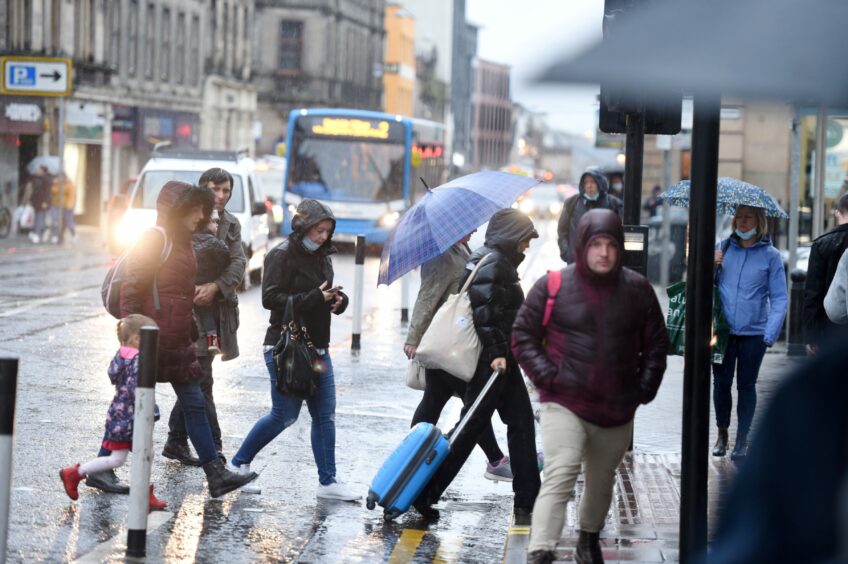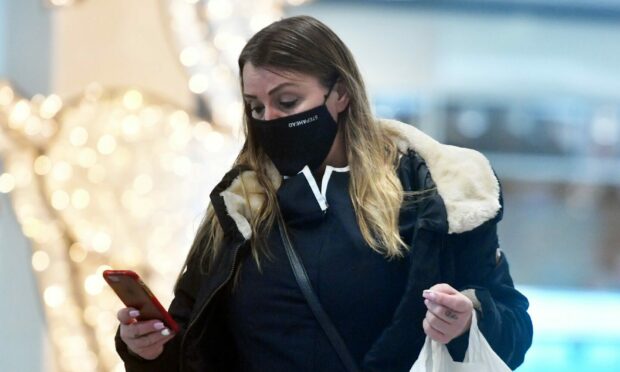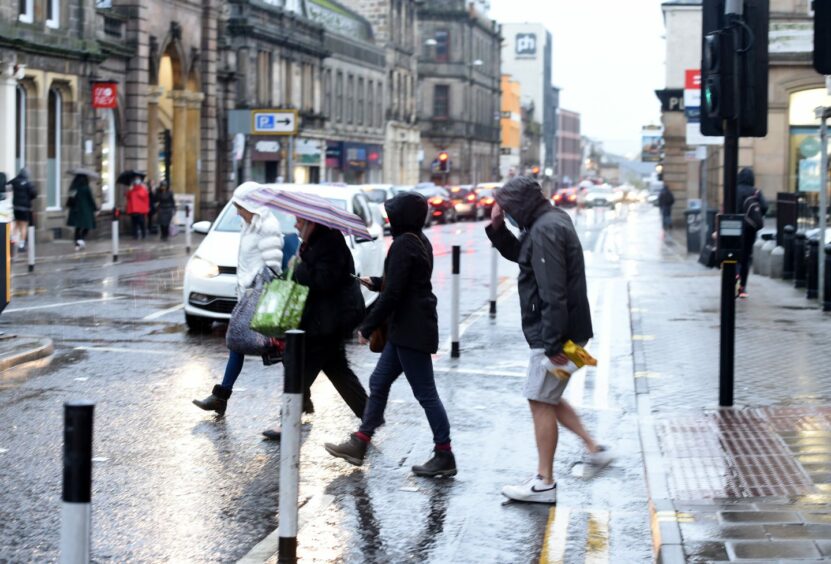Scots may be facing a more expensive Christmas as “immense cost pressure on retailers is regrettably now being passed on”, a leading spokesman for the industry has warned.
Scottish Retail Consortium director David Lonsdale said a jump in food price inflation in the run-up to the festive season was particularly alarming.
He added: “This only increases the importance of next week’s Scottish Budget for the industry.
“There is little margin for retailers to absorb rising costs, which should be a sharp reminder to policymakers of the need for a modest cut in business rates.”
Mr Lonsdale was speaking as the latest British Retail Consortium (BRC)-NeilsenIQ shop price index figures showed a 0.3% increase in November.
This is compared with a fall of 0.4% in October and above the 12 and six-month average price decreases of 1.2% and 0.6%, respectively.
It is also the first time prices have risen since May 2019.
Non-Food deflation slowed to 0.1% in November, compared to the decline of 1% seen in October.
This is a slower rate of decline than the 12 and six-month average price falls of 2% and 1%, respectively. It is also the slowest rate of decline since May 2019.
Food inflation accelerated to 1.1% in November, up from 0.5% in October.
This is above the 12 and six-month average price growth rates, which in both cases were 0.1%, and the highest inflation rate since November 2020.
There is little margin for retailers to absorb rising costs.”
David Lonsdale, Scottish Retail Consortium.
BRC chief executive Helen Dickinson said: “November saw overall year-on-year prices increase for the first time in two and a half years, driven by rising food prices and non-food deflation slowing.
“The impact of labour shortages, rising commodity prices and transportation costs have now very clearly taken their hold on consumer prices.
“With food prices rising, and particularly fresh food, which saw the highest inflation since 2019, we may find some of our Christmas shopping a little more expensive this year.
“Food was also affected by a rise in global food costs where certain staples, such as vegetable oil, have doubled in price in the past two years.”

Ongoing labour shortages and rising costs
Ms Dickinson added: “With ongoing labour shortages throughout the supply chain expected to continue for some time, and no signs that rising costs of transport and commodities will subside, we expect the rate of inflation to accelerate over coming months.
“Retailers are doing all they can to mitigate the impacts for their customers.
“Government also must play its part and work with industry to find long-term solutions to the labour shortages, as this will help to relieve cost pressures and protect the pockets of the British public who are already facing mounting costs from increasing energy prices and the looming rise in National Insurance.”
Retailers are doing all they can to mitigate the impacts for their customers.”
Helen Dickinson, British Retail Consortium.
Mike Watkins, head of retailer and business Insight, NielsenIQ, said: “The significant increases in energy and travel costs are adding pressure to household budgets.
“The remaining weeks of the ‘golden quarter’ could be an uncertain time for shopper spend.
“NielsenIQ shopper research shows that four in 10 households feel their spending is constrained and, whilst inflationary pressures are now coming from both food and non-food, retailers continue to keep hold back increases in shop prices ahead of Christmas.”

